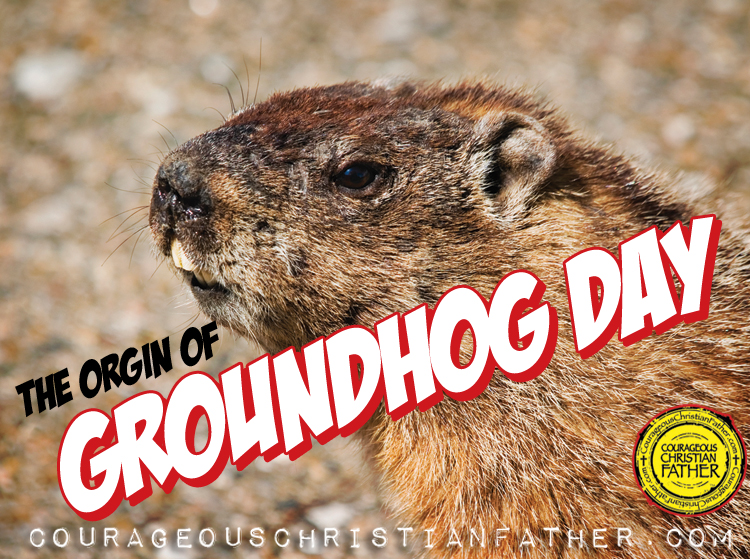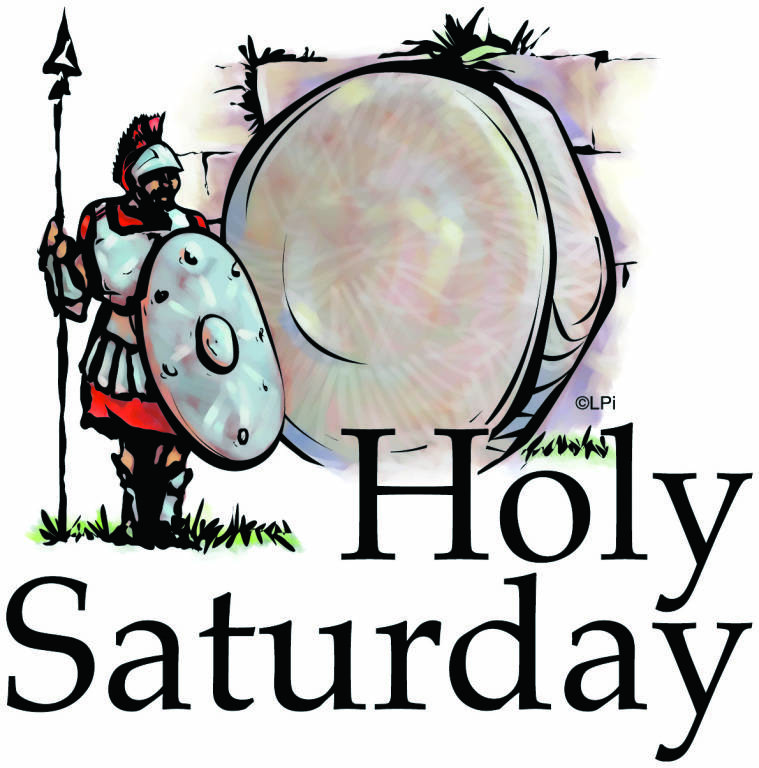The Origins of Groundhog Day – Every year on February 2nd, people anxiously await the appearance of a medium-sized furry mammal who they believe can predict if winter weather will rage on or if spring will arrive sooner than later. Although it’s a rather strange means of prognostication, millions of people celebrate Groundhog Day, a tradition that is older than many people may know.

The Origins of Groundhog Day
As we look into the The Origins of Groundhog Day we look at the first official Groundhog Day. The first official Groundhog Day took place on February 2, 1887 at Gobbler’s Knob in Punxsutawney, Pennsylvania. In the ensuing 130 years, individuals have gathered in Pennsylvania and other areas around the United States to find out if the groundhog will see his shadow. If the groundhog sees his shadow, winter will continue for six more weeks. If the groundhog does not see his shadow, then spring will arrive early.
Christian tradition of Candlemas
Although the Groundhog Day of today is relatively new, the concept is actually quite old and dates back to the ancient Christian tradition of Candlemas. Candlemas is a Christian holiday commemorating the presentation of Jesus at the Temple. Candlemas falls on the 40th day of the Christmas / Epiphany period. The period is one of the oldest feasts of the Christian Church, celebrated since the 4th century in Jerusalem. Around the 14th century in Europe, Candlemas began to overshine Pagan holidays like Lupercalia (Romans) and Imbolc (Celts). Rather than torches and blessings from goddesses, on Candlemas custom called for members of the clergy to bless candles and distribute them to the people to symbolize that Christ was the light of the world. Weather played a role in the celebration of Candlemas. Rainy, wet weather was preferable because it suggested spring’s arrival was on the horizon.
Celebrated in many parts of Europe
Candlemas, celebrated in many parts of Europe and eventually spread to Germany, where animals were involved in the ceremony. Hedgehogs were plentiful in the area, and celebrants believed if they cast a shadow during fair weather on Candlemas, more bad weather was in store. Pennsylvania’s earliest settlers were German, and these immigrants brought their Candlemas traditions with them. But hedgehogs were not common in Pennsylvania, so settlers used groundhogs instead. Thus, the groundhog was seen as a wise and suitable substitute for prognostication.
Celebration’s Today
Today’s celebrations include tens of thousands of visitors from all around the world who travel to Pennsylvania to see Punxsutawney Phil in person. Phil has become a celebrity and has appeared on various television shows, on a jumbo screen in Times Square and as the star of the 1993 movie “Groundhog Day.” (Although the real Phil was not allowed in the movie because it was filmed in Illinois instead of Pennsylvania, and the Groundhog Day organizers were notably upset.)
Boasting a deeper history than many people may know, Groundhog Day will continue to delight revelers for years to come.
Groundhog Day fun and facts
Groundhog Day offers a touch of whimsy during the often bleak midwinter chill. Across the country, eager celebrants await a rascally rodent to determine if there will be six more weeks of winter or if the nation will receive an early reprieve from the cold.
It is fun to guess if an early spring is coming, and even more so to rely on a large ground squirrel to play meteorologist. To further enhance the Groundhog Day experience, burrow into these interesting facts about the holiday and the animal itself.
· The world can thank the Germans for the Groundhog Day tradition. The see-his-shadow concept was adapted from a German Candlemas Day tradition in which clergymen would bless the candles they needed for the cold season. If the candles brought a sunny day, there would be six more weeks of winter. However, clouds and rain signified that winter would end soon. Germans who settled in Pennsylvania in the 1700s brought the custom to America.
· Germans once used a hedgehog as their animal forecaster. When relocating to Pennsylvania, groundhogs were used because they were more common than hedgehogs.
· Punxsutawney Phil is perhaps most revered for his forecasting abilities. However, more than a dozen states have their own prognosticating groundhogs. These include Buckeye Chuck in Ohio, Birmingham Bill in Alabama and General Beauregard Lee in Georgia.
· Phil has been predicting the weather at Gobbler’s Knob for more than 130 years. This is quite a feat considering groundhogs typically live between six and eight years. Folklore indicates Phil sips a magical drink that will prolong his life for seven more years.
· Phil’s full name is Punxsutawney Phil, Seer of Seers, Sage of Sages, Prognosticator of Prognosticators, and Weather-Prophet Extraordinary.
· Groundhogs also are called woodchucks and are a species of rodent known as marmots. They typically weigh between 12 and 15 pounds. Woodchucks really have nothing to do with wood or chucking. The name stems from an Algonquian name wuchak.
· The National Oceanic Atmospheric Administration says Phil has seen his shadow more times than not between 1887 and 2019. Statistically speaking, six more weeks of winter is often the norm.
· Groundhogs prefer to live in open country or at woodland edges. They are never far from a burrow made in well-drained soil. Most have summer and winter dens.
· Groundhogs are adept at predicting the arrival of spring, just not in the way people have come to know from Groundhog Day. Since they hibernate, when groundhogs emerge from their burrows, it’s a sure sign spring is on its way.
· The 1993 movie “Groundhog Day” starring Bill Murray helped solidify Punxsutawney Phil as a national hero and household name. Since then, crowds numbering as high as 30,000 have made the pilgrimage to see Phil in person.
Groundhog Day brings some levity to an otherwise uneventful time of year.
Blog posts of interest
Did you hear about the The Groundhog who skipped looking for his shadow and made a quilt instead?
Check out Whether to Rely on God, Man or Animals to Predict the Weather
You may also want to find out more fun facts about February.
Article compliments of Metro Creative. TF172779 & TF202700. First published January 28, 2017. Last updated or republished February 2, 2024.
Check out Courageous Christian Father’s Wish list on Amazon where you can purchase and this items sent directly to him and they will be used for the ministry.
Subscribe To Courageous Christian Father!
Don’t miss any blog posts! Subscribe today! You can subscribe via WordPress or by entering your email! Thank you!
Follow Courageous Christian Father on WordPress.comFollow Courageous Christian Father on Social Media
Recent Posts:
Below are some examples of blog entries from all the blogs that I do. (Courageous Christian Father, Steve Sews Stuff, SteveZ DuckZ, and SteveZ DesignZ).
Thank You For Reading Courageous Christian Father!
Thank you for reading. Please feel free to share and like this blog post.
Clipart: Unsplash, Pixabay, Pexels, Openverse, Adobe Express, Adobe Stock, FreePik, MetroCreative, and more. This site uses Amazon Affiliate Ads & Google Ads.
About the Author
Discover more from Courageous Christian Father
Subscribe to get the latest posts sent to your email.


